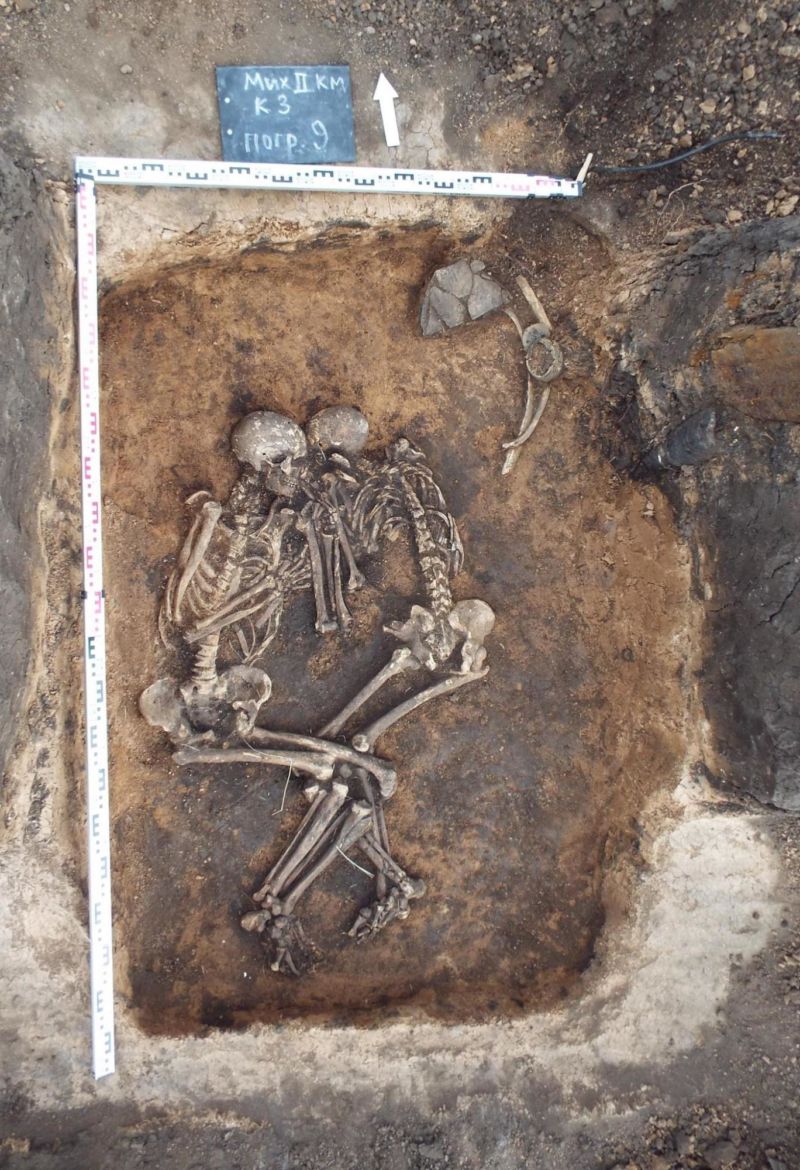4,000-year-old genomes point to origins of bubonic plague
Ars Technica » Scientific Method 2018-06-12

Enlarge / These two 3,800-year-old plague victims were interred together in a Bronze Age burial mound in Russia. (credit: Spyrou et al. 2018)
Geneticists are a step closer to understanding how plague evolved into one of the great scourges of human history. Yersina pestis, the bacterium that causes bubonic plague, spreads through the bites of infected fleas. In the flea’s gut, plague bacteria multiply until a mass of bacteria blocks the passage to the flea’s stomach. The starving flea bites a host and feeds frantically, but since it can’t swallow its meal, it ends up regurgitating blood and bacteria back into its prey’s bloodstream, spreading the disease to a new host.
Inside a mammalian host, Y. pestis travels through the lymph system until it reaches a lymph node, like the ones near the armpits or the groin. There, the bacteria multiply, causing the dark, swollen lump called buboes that give the plague its name. Plague patients also face dangerously high fevers, along with headaches, nausea, coughing, and (in modern times, at least) the horrifying realization that they got it from flea vomit.
That ruthlessly efficient system helped bubonic plague kill nearly 25 million people and made the ancient world shudder in its tracks during the Justinian plague of 541–542. Its likely return, according to the most widely-accepted data at least, killed somewhere between 75 million and 200 million more during the Black Death of 1347-1351.